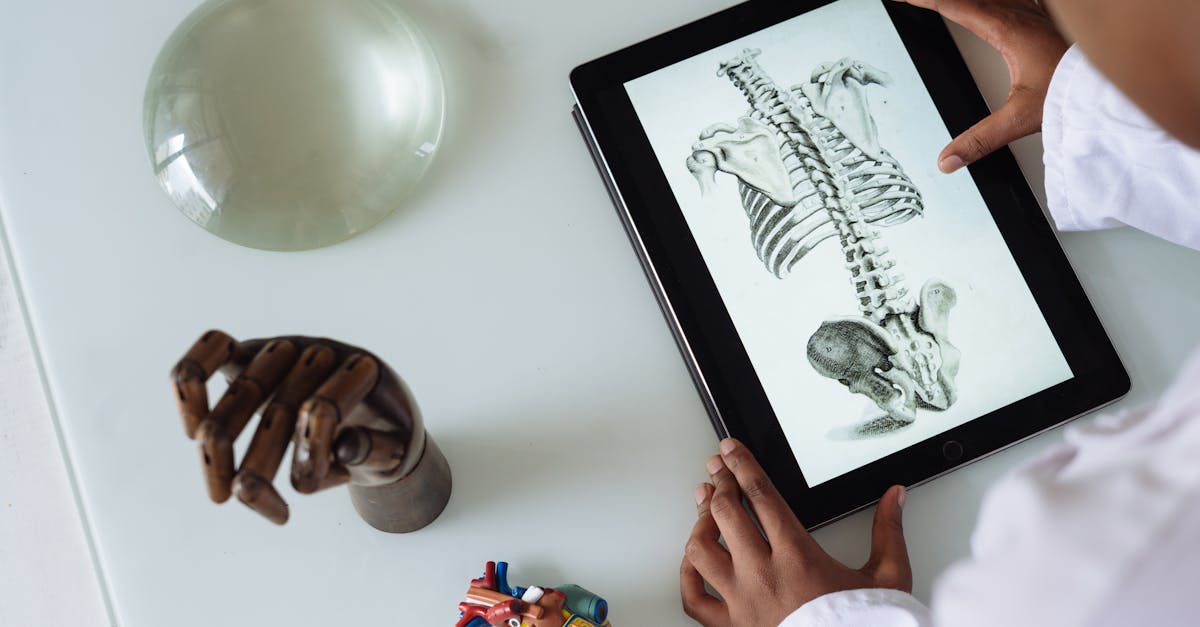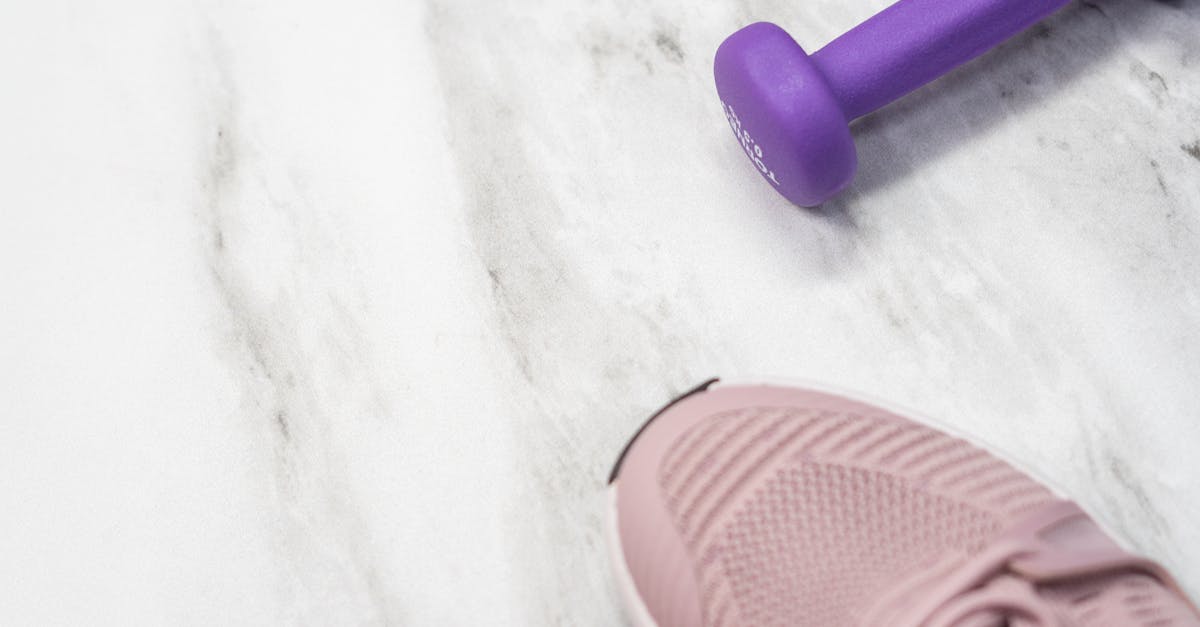Sore Front of Hip: Exploring Techniques for Relief and Prevention
Hip Soreness Unraveled: A Comprehensive Guide to Relief and Prevention

Experiencing a sore front of the hip can be an unsettling discomfort that can significantly impact your daily life. Understanding the underlying causes and implementing effective pain management strategies is essential for alleviating this issue. Our comprehensive guide delves into the anatomy of the hip joint, explores proven pain relief techniques, provides targeted rehabilitation exercises, and offers lifestyle modifications to prevent future discomfort. Whether you’re dealing with occasional soreness or persistent pain, this article empowers you with the knowledge and tools to regain hip health and well-being.
1. Understanding Hip Anatomy and Causes of Soreness
Understanding Hip Anatomy and Causes of Soreness
The hip joint is a ball-and-socket joint that connects the thigh bone (femur) to the pelvis. It is a complex joint that allows for a wide range of motion, including flexion (bending the knee towards the chest), extension (straightening the knee), abduction (moving the leg away from the body), and adduction (moving the leg towards the body).
Soreness in the front of the hip can be caused by a variety of factors, including:
- Muscle strains: The hip flexor muscles, which are located on the front of the thigh, can be strained due to overuse or sudden movements.
- Tendonitis: The tendons that attach the hip flexor muscles to the bones can become inflamed due to overuse or injury.
- Hip bursitis: The bursae are fluid-filled sacs that help to reduce friction between the bones and tendons in the hip joint. When the bursae become inflamed, it can cause pain and swelling.
- Osteoarthritis: Osteoarthritis is a degenerative joint disease that can cause the cartilage in the hip joint to break down, leading to pain, stiffness, and swelling.
- Other conditions: Soreness in the front of the hip can also be caused by other conditions, such as a hip fracture, a herniated disc in the lower back, or a nerve impingement.
2. Effective Pain Relief Techniques

Effective Pain Relief Techniques
There are a variety of effective pain relief techniques that can be used to alleviate soreness in the front of the hip. Some of the most common and effective methods include:
- RICE protocol: RICE stands for rest, ice, compression, and elevation. This protocol can be used to reduce pain, swelling, and inflammation in the hip joint. To follow the RICE protocol, simply rest the hip joint, apply ice packs to the area for 15-20 minutes at a time, wrap the hip with a compression bandage, and elevate the hip above the level of the heart.
- Heat and cold therapy: Heat and cold therapy can both be effective in reducing pain in the front of the hip. Heat can help to relax muscles and increase blood flow to the area, while cold can help to reduce inflammation and pain. To use heat therapy, apply a heat pack to the hip joint for 15-20 minutes at a time. To use cold therapy, apply an ice pack to the hip joint for 15-20 minutes at a time.
- Pain medication: Over-the-counter pain medication, such as ibuprofen or acetaminophen, can be effective in reducing pain in the front of the hip. Be sure to follow the directions on the medication label and do not exceed the recommended dosage.
In some cases, more invasive pain relief techniques may be necessary. These techniques may include:
- Corticosteroid injections: Corticosteroid injections can be used to reduce inflammation in the hip joint. These injections are typically given by a doctor.
- Surgery: Surgery may be necessary to repair a damaged hip joint or to remove a bone spur or other obstruction that is causing pain.
3. Rehabilitation and Stretching Exercises
Rehabilitation and Stretching Exercises
In addition to pain relief techniques, rehabilitation and stretching exercises can also be effective in reducing pain and improving mobility in the hip joint. Some of the most beneficial exercises and stretches for the front of the hip include:
- Quadriceps stretch: Stand with your feet shoulder-width apart. Bend your right knee and grab your right foot with your right hand. Pull your heel towards your buttocks until you feel a stretch in the front of your right thigh. Hold the stretch for 30 seconds and then repeat with your left leg.
- Hip flexor stretch: Kneel on your right knee with your left foot flat on the floor in front of you. Lean forward and place your hands on the floor in front of you. Slowly slide your right knee forward until you feel a stretch in the front of your right hip. Hold the stretch for 30 seconds and then repeat with your left leg.
- Glute bridge: Lie on your back with your knees bent and your feet flat on the floor. Lift your hips up off the ground until your body forms a straight line from your shoulders to your knees. Hold the position for 30 seconds and then slowly lower back down. Repeat the exercise 10-15 times.
- Squats: Stand with your feet shoulder-width apart. Slowly lower your body down into a squatting position, as if you were sitting back into a chair. Keep your back straight and your knees aligned with your toes. Hold the position for a few seconds and then slowly return to standing. Repeat the exercise 10-15 times.
- Lunges: Stand with your feet together. Take a step forward with your right foot and bend both knees. Keep your left heel off the ground and your right knee aligned with your ankle. Hold the position for a few seconds and then slowly return to standing. Repeat the exercise 10-15 times on each leg.
4. Lifestyle Modifications for Prevention

Lifestyle Modifications for Prevention
In addition to pain relief techniques, rehabilitation exercises, and stretches, there are a number of lifestyle modifications that can be made to prevent soreness in the front of the hip and promote hip health. Some of the most important modifications include:
- Maintaining a healthy weight: Excess weight can put strain on the hip joint, leading to pain and discomfort. Losing weight can help to reduce stress on the hip joint and improve overall hip health.
- Exercising regularly: Regular exercise can help to strengthen the muscles around the hip joint and improve flexibility. This can help to prevent hip pain and injuries.
- Improving posture: Poor posture can put strain on the hip joint. Standing and sitting up straight can help to reduce stress on the hip joint and improve overall hip health.
- Avoiding high-impact activities: High-impact activities, such as running and jumping, can put strain on the hip joint. If you have hip pain, it is important to avoid or limit these activities.
- Wearing supportive shoes: Wearing supportive shoes can help to reduce stress on the hip joint. Shoes with good arch support and cushioning can help to absorb shock and protect the hip joint.
- Using assistive devices: Assistive devices, such as canes and walkers, can help to reduce stress on the hip joint. These devices can be helpful for people with hip pain or injuries.
5. When to Seek Professional Help
When to Seek Professional Help
It is important to seek professional help for hip pain if you experience any of the following signs or symptoms:
- Persistent pain that does not improve with home treatment
- Swelling or bruising around the hip joint
- Loss of range of motion in the hip joint
- Difficulty walking or bearing weight on the affected leg
- Numbness or tingling in the leg or foot
- Fever
- Night pain
These signs and symptoms may indicate a more serious underlying condition, such as a hip fracture, hip infection, or nerve damage. It is important to see a doctor right away to get a proper diagnosis and treatment plan.
Quiz
-
True or False: The hip joint is a ball-and-socket joint.
-
Which of the following is NOT a common cause of soreness in the front of the hip?
(a) Muscle strains
(b) Tendonitis
(c) Arthritis
(d) Broken leg
-
Which of the following is NOT an effective pain relief technique for hip pain?
(a) RICE protocol
(b) Heat therapy
(c) Massage
(d) Pain medication
-
True or False: Exercise can be harmful for hip pain.
-
Which of the following is a sign or symptom that warrants seeking professional help for hip pain?
(a) Persistent pain
(b) Fever
(c) Difficulty walking
(d) All of the above
-
True
-
(d) Broken leg
-
(c) Massage
-
False
-
(d) All of the above
